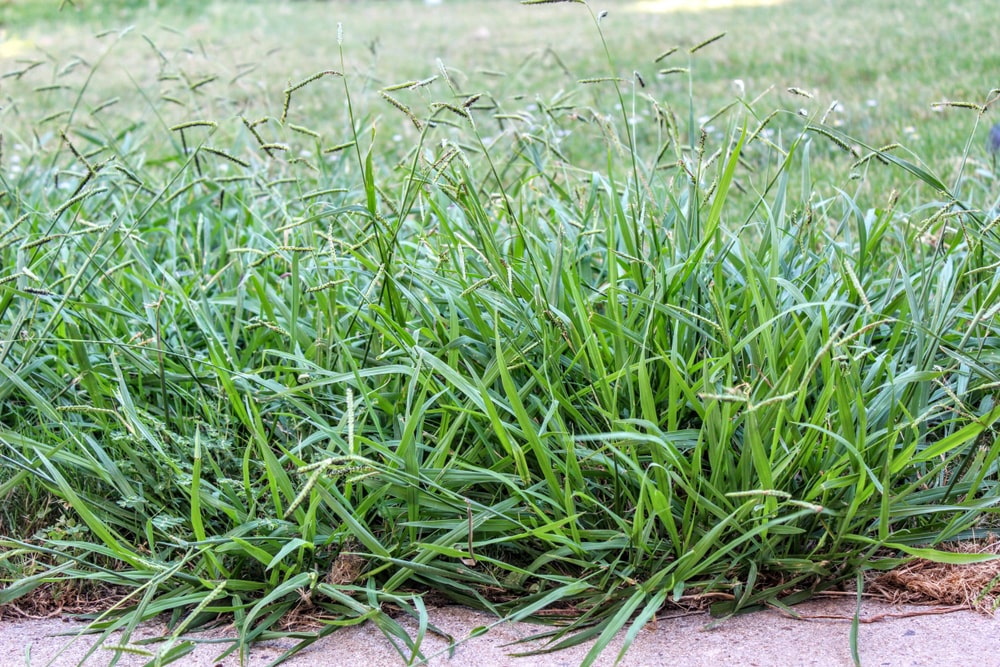Here we are at the end of February. Warmer days and longer daylight hours are happening. Our soil temperature is warming. Our plants are beginning to wake up from their long winter nap. Many of our plants are starting to put out new leaves, and some are beginning to bloom—such as our forsythia shrubs with beautiful yellow flowers. Unfortunately, something else we don’t like is about to start growing: crabgrass. If you had crabgrass last year, then more than likely, you will be dealing with it again this year.
The best defense in dealing with crabgrass is education. Crabgrass, unlike so many other common lawn weeds, grows from seed each spring. It is an annual weed, meaning the patches you had last year are dead. It dies completely over the winter. However, the crabgrass from the previous year did flower and dropped seed. This seed is ready to germinate and grow another generation of this weed.
Now is the time to apply a crabgrass pre-emergence to the lawn. The best way to time your crabgrass pre-emergence application is to keep an eye on our forsythia shrubs. You must apply this pre-emergence before the forsythia flowers completely fall off the shrub. Conveniently, we can use the forsythia to tell us when to make our application. This crabgrass preventer is an agent that dissolves and forms a coating on the soil’s surface. This kills any seeds that try to sprout and push a root through this barrier. Once the preventer is applied, this area should NOT be raked or roughed up for a few weeks so that the preventer barrier is not disturbed.
Because crabgrass preventer prevents ANY seeds from germinating, lawn seeding projects should be postponed as the preventer will also prevent fescue, ryegrass, or any other seed from germinating.
LET’S MARCH INTO SPRING WITH A LITTLE HAPPINESS

